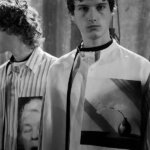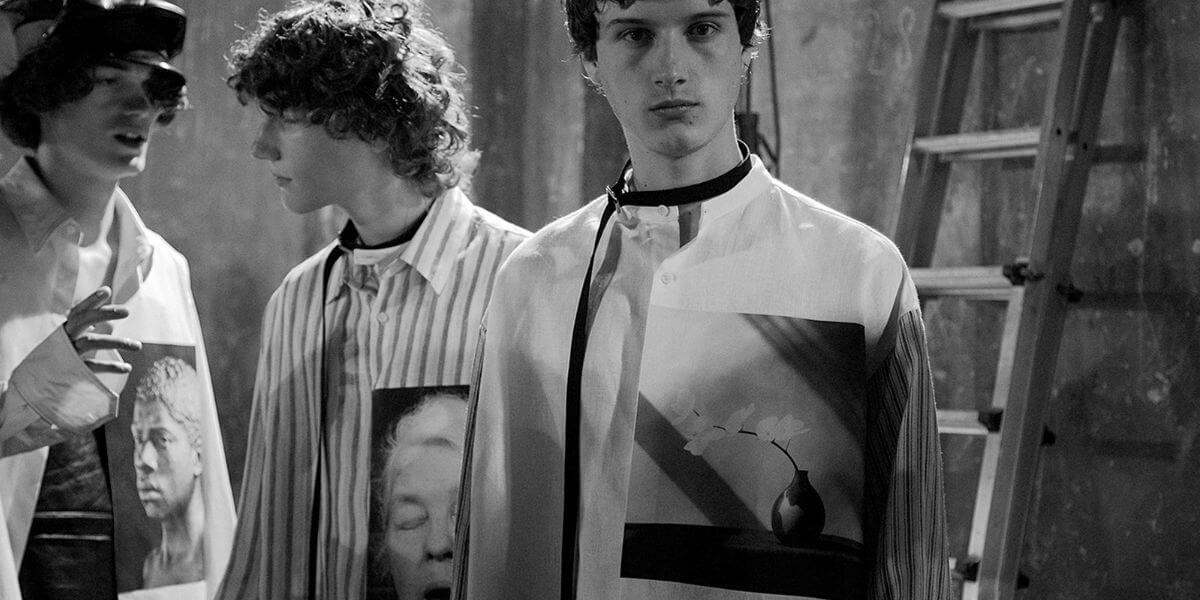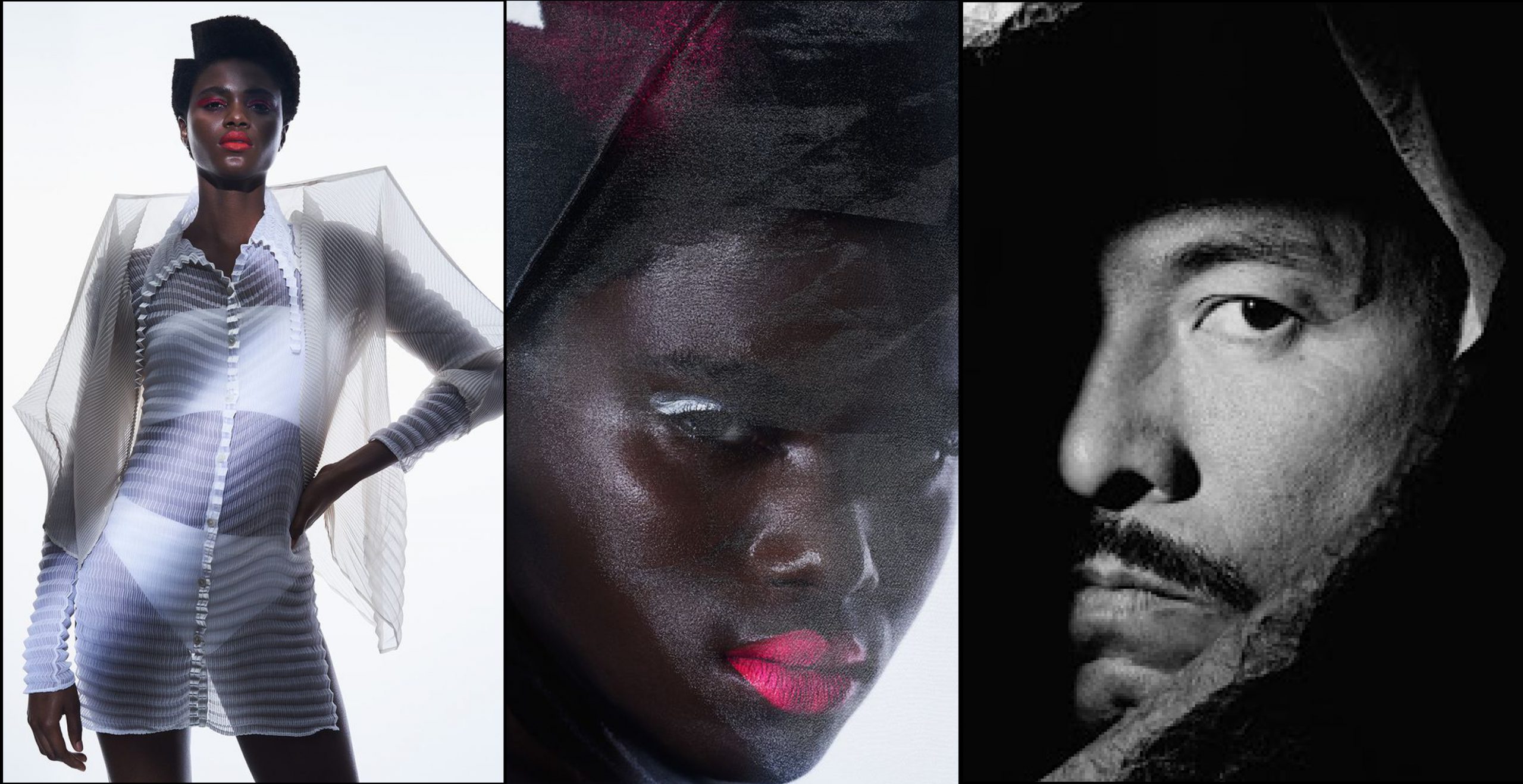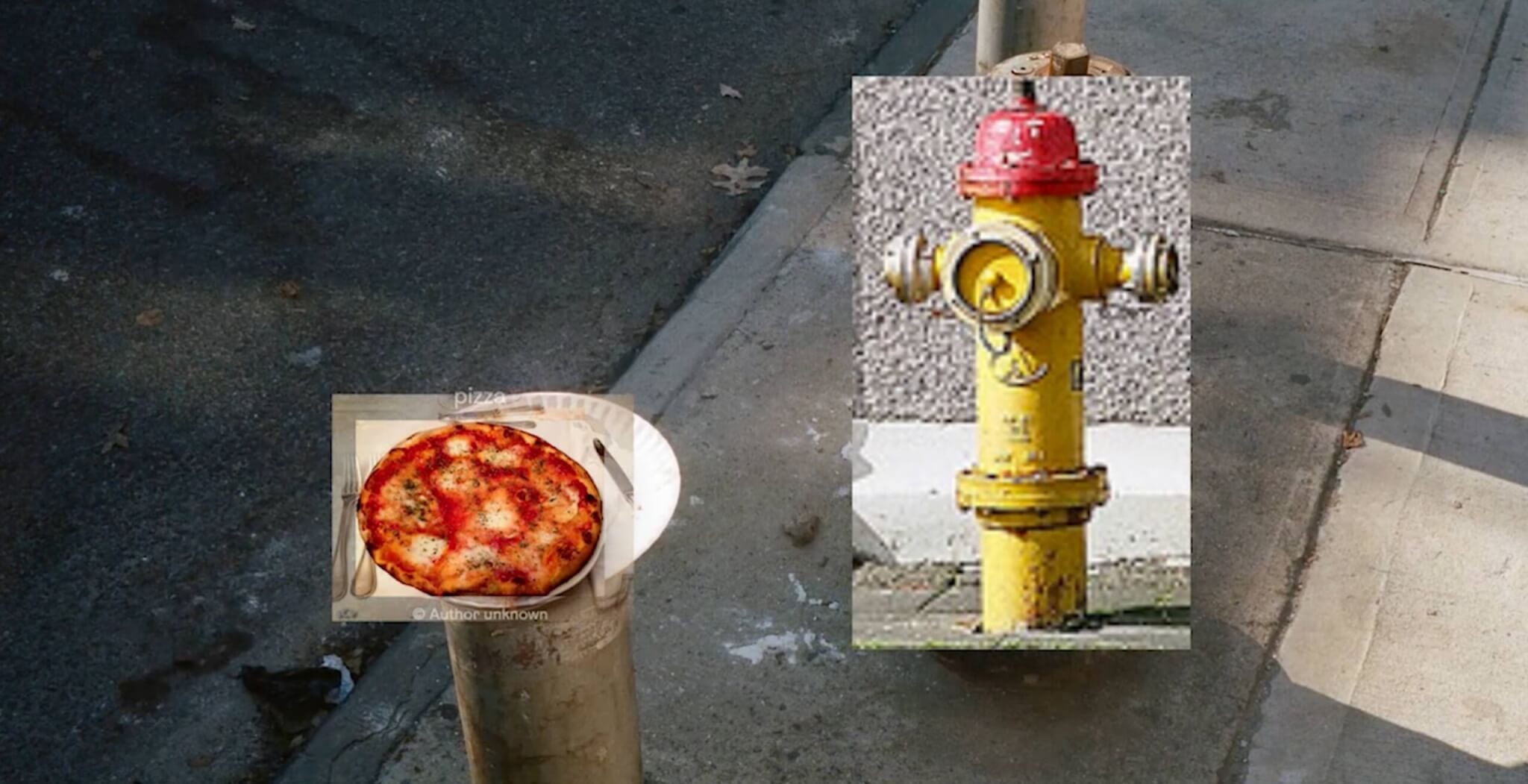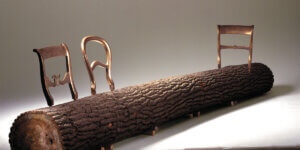Art has often been fashion’s muse, with designers exploring the cultural and implicit meanings of art through wearables. Whether blending art into fashion means or not that fashion can be art is just an unnecessary question. What binds art and fashion is the fascination to pursue and grasp creativity in different forms, canalising the essence of an existent work whilst revisiting its meaning.
That said, looking at the art-meets-fashion agenda from a place of creative synergy feels like a congruent read of the Raf Simons Spring/Summer 2017 collection illuminated by Robert Mapplethorpe’s photography, which served as a bidirectional bridge to unveil the way their artistic endeavours stand for their attitude towards their personal experiences and the intimate projection of themselves into the future.
“The work dealing with sexuality is very directly related to my own experiences. It was an area that hadn’t been explored in contemporary art, and so it was an area that interested me in terms of making my statement,” said Mapplethorpe, whose work documented the growing forces driving sexual freedom and the sprout of nightlife and gay clubs during the ‘70s and ‘80s — a period thriving on homoeroticism and which subjectivity Mapplethorpe captured elegantly.
Similarly, Raf Simons has been known for subverting the conventions of luxury fashion, bringing together invisible subcultures and combining cultural references that hadn’t been seen before during fashion weeks. Simons’s unconventional approach to fashion and culture along with a growing cult following might have been at the top of the reasons why the Robert Mapplethorpe Foundation contacted Simons for a collaboration. Without thinking twice, Simons embarked on a journey through the photographer’s archive with the aim of translating his transgressive work into fashion.
Not only were the explicit images of New York’s underground S&M (sadism and masochism) gay scene included in Simons’s collection but every piece from head to toe — including the campaign — was imbued with visual references to Mapplethorpe’s seminal work. For instance, the white wide-necked shirts pointed at Patti Smith’s androgynous style, who Mapplethorpe met in 1967 and photographed throughout their lifelong relationship as lovers, friends and artistic collaborators.
Mapplethorpe’s iconic style captures the brutal rawness of his S&M subject-matter with an unblemished photographic perfection, a clear contrast between subjugating the body to an experience of uncontrolled pleasure given in a controlled, almost soothing environment. In Mapplethorpe’s photography “there is never conflict; there is never an extreme setup,” Simons said in an interview with Alexander Fury for Vogue. “I wanted to approach it very curatorial like you would in a museum.”
Such energy of intended harmony — without exuberance and intricacy, one can argue — is staged in the collection: Simons let Mapplethorpe’s photographs take the stage, instead of overdesigning garments around the photographer’s body of work. “To me, it was important, that I would not dominate — with the clothes, with the collection — the work.” And so the execution resulted in the display of white shirts with printed photographs, styled with leather and black trousers reminiscent of Mapplethorpe’s own look. A very simple execution. However, according to Simons, printing was a complex endeavour, especially on a technical level.
But no matter how complex or simple the collection is, looking at Simons’s and Mapplethorpe’s work, the collaboration illustrates how the two artists have influenced our generation, and the ways in which they continue to shape contemporary menswear in the case of Simons, and queer photography in the case of Mapplethorpe.
*Head image: Virginia Arcaro








